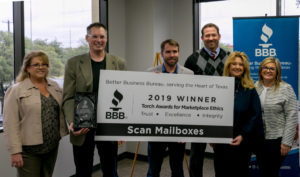Creating a New Era of Accessibility
We worked with software developer linedanceAI on Project KinTrans to help create a 3D American Sign Language dictionary by supporting the collection of datasets and creating a conceptual story for the demo launch experience. The KinTrans project is intended to make the sign language dictionary 3D dataset of body movement freely available to developers for broad applications related to sign language recognition.
Working With Native Signers and Community Members
The project involves diverse signers from around the country, with varying degrees of fluency, education, body type, diversity and other contributing variables that make for unique linguistic markers. The use of artificial intelligence to analyze broad data sets allows for the increased probability that most signers and regional variations will be understood by the automated sign language recognition system. Our contribution to the project was to provide Austin-area signers to supply regional variation to the overall dataset. Other project participants were based in Washington, DC, Colorado, Oregon and beyond.
Working In A Pandemic
While the project itself is fairly straightforward, executing it when the Coronavirus pandemic broke out was not. Our initial project plans to engage a broader range of signers in a central location was modified to identify individuals who were quarantined together. Over 300 hours of recording time were needed to fulfill our portion of the project. We identified two pairs of native signers – sisters and a father-son group – and proceeded to train them virtually through video conferencing. The ages of our participants ranged from 17 to over 60, all of whom are native ASL signers.
Producing A 3D Dictionary
Over the course of recording 3,000 signs, there were a variety of signs that required linguistic thought in building the dictionary to ensure the appropriate translation is used. Not every word is a straight translation, some signs such as “run” were provided multiple times in different contexts. For example, running (sport) is different than running (water). There are varying registers and styles in ASL, millions of signs were recorded over a large sample size that collectively will help contribute to a more robust database of 3D signs.
We’re excited to see the applications that will be created from the 3D database, and proud of our contribution to the project. If your organization has a need for video productions, sourcing Deaf contractors, or creating messaging surrounding your pilot programs, contact CHILMARKeting and learn how we can support your project.



